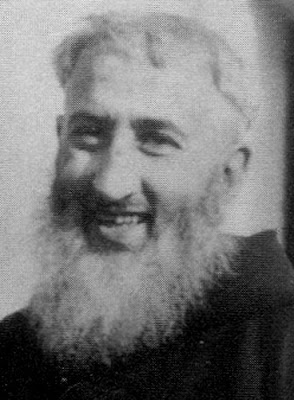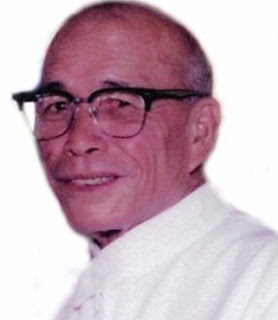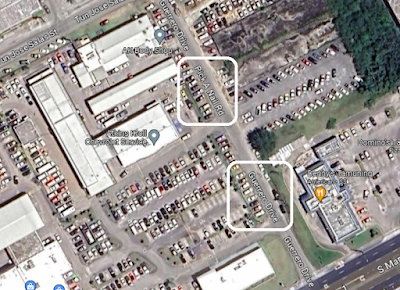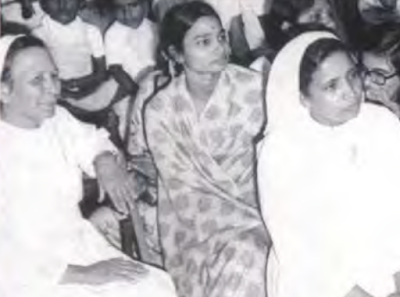MALABAR CHRISTIANS FROM 1500s
The first recorded Indian in the Marianas was a Christian named Lorenzo, who was shipwrecked off the southern coast of Saipan in 1638 aboard the Spanish galleon Concepción. He stayed in the Marianas after surviving the shipwreck. When Sanvitores and his missionaries came in 1668, Lorenzo was there to render assistance, being an interpreter for the missionaries (having lived thirty years already with the Chamorros).
Sanvitores sent Lorenzo to help with the Christianization of Anatahan, where he was killed by Chamorro opponents to the mission in 1669, the FIRST of the Christian martyrs of the Marianas.
A very early missionary account of Sanvitores (written by Jesuit Francisco García in 1683, just eleven years after Sanvitores' death) clearly states that Lorenzo was a Malabar; it wasn't his "last name," which many people all over the world still did not use, yet. Other early books (e.g. Morales) are also clear that Lorenzo was from the Malabar Coast, which is in India.
The Malabars were from the southwest coast of India (now Kerala) who had become Christians through the preaching of Saint Thomas the Apostle, who is said to have reached India in the year 52AD. They are thus also called "Saint Thomas Christians." From those ancient times till now, the Malabar or Saint Thomas Christians have remained Christians. The blood of one of them wetted the soil of Anatahan in 1669.
ENTER ANOTHER MALABAR
Three hundred and thirty-three years later, yet another Malabar Christian came to the Marianas; specifically Guam.
His name was Father Thomas Vengayil, from the Syro-Malabar Diocese of Palai (a city in Kerala, India).
Father Vengayil heard about Guam through a classmate in London, where he was studying economics, who had lived on Guam, by the name of John Gillam. Father wrote to Bishop Flores offering his services, and Flores accepted, bringing Father to Guam in 1971. He served in various places such as Niño Perdido parish in Asan, Santa Teresita parish in Mangilao and Santa Barbara parish in Dededo where he was pastor in both places for a time.
FATHER VENGAYIL BAPTIZING IN DEDEDO
Due to his interest in economics and social issues, Father Vengayil also headed the Campaign for Human Development on Guam, a social advocacy agency of the Catholic Church.
He left Guam to serve in other dioceses sometime in the 1980s.
MOST RECENT INDIANS
Since Fr Vengayil left Guam, there have been a few Indian Capuchin priests who have helped on Guam for very brief periods, usually one to three months.
But in 2021, two Indian Capuchins came to Guam to assist for a longer time.
Fathers Claud Mascarenhas and Silvano Fernandes come from Karnataka in India, a different state from that of Kerala, where Father Vengayil and Lorenzo Malabar came from.
Nonetheless, Fathers Claud and Silvano are the latest Catholic Indian priests to come to Guam, specifically to minister at Saint Fidelis Friary.
CHAMORRO MISSIONARY TO INDIA
SISTER EANSWIDA CAMACHO on LEFT in INDIA
But the story gets better.
Not only have Indian Catholics ministered on Guam; in the 1950s and 60s, a Chamorro Sister ministered in India!
Maria LG Camacho (familian Zoilo) wanted to be a Catholic Sister when she was a young woman. But there were no Sisters on Guam before the war. So she went to Manila to join the Franciscan Missionaries of Mary. She was given the religious name of Sister Eanswida.
She was sent to college and then to Stella Maris College in Chennai, India (Madras in the old days). There she founded the Social Welfare Center and did so much to develop the Social Welfare program of the school that, to this day, there is an Endowment Fund named in her honor.
Feeling her work as a missionary was over, and wanting to return to Guam to be with her aging parents, Sister Eanswida changed Orders and became a Mercy Sister upon returning to Guam. She also got a new religious name, Sister Thecla.
She died on Guam in January of 2017 at the age of 99 years. Had she lived till September, she would have reached her 100th birthday.




.jpg)

















.jpg)











.jpg)
.jpg)















